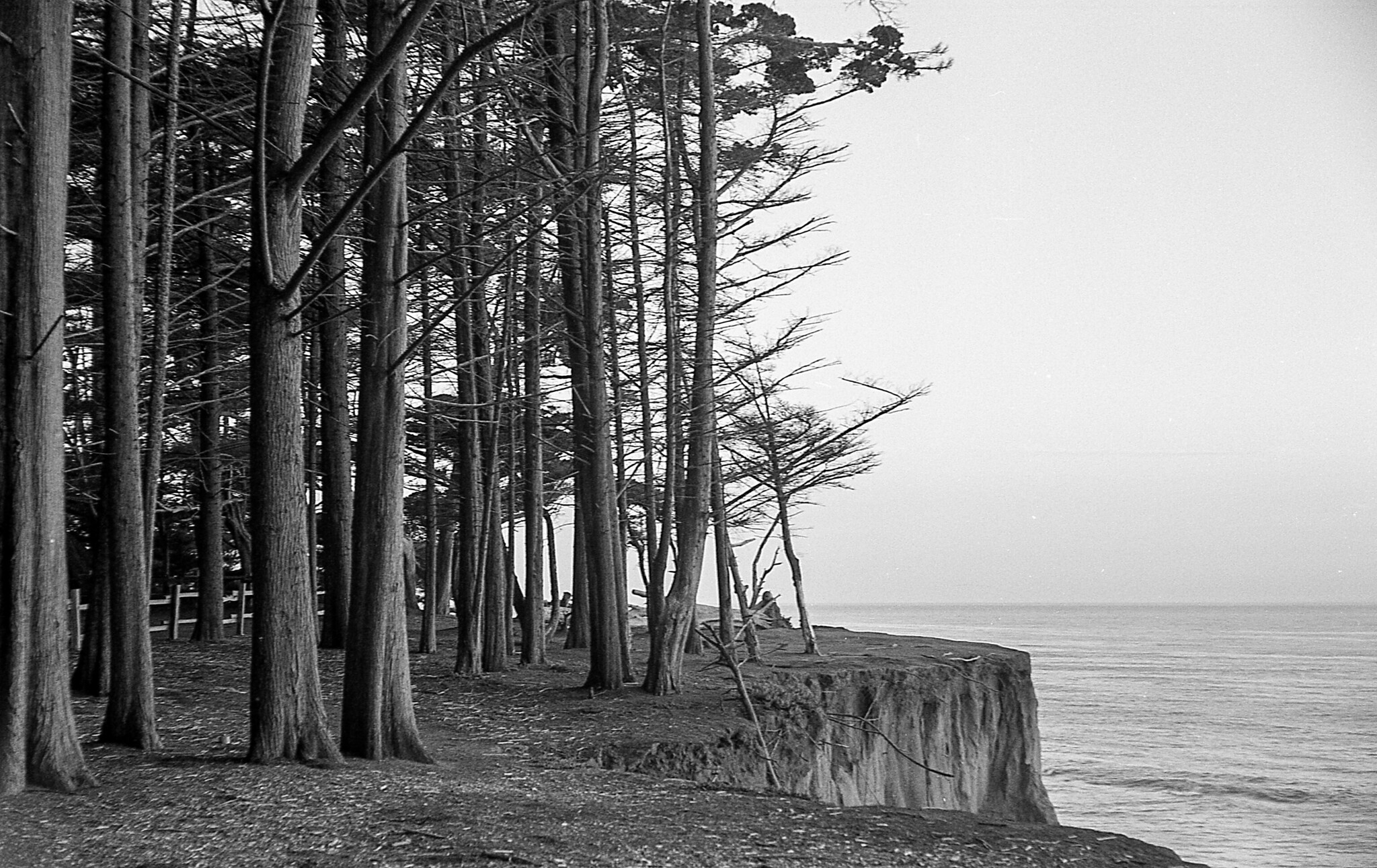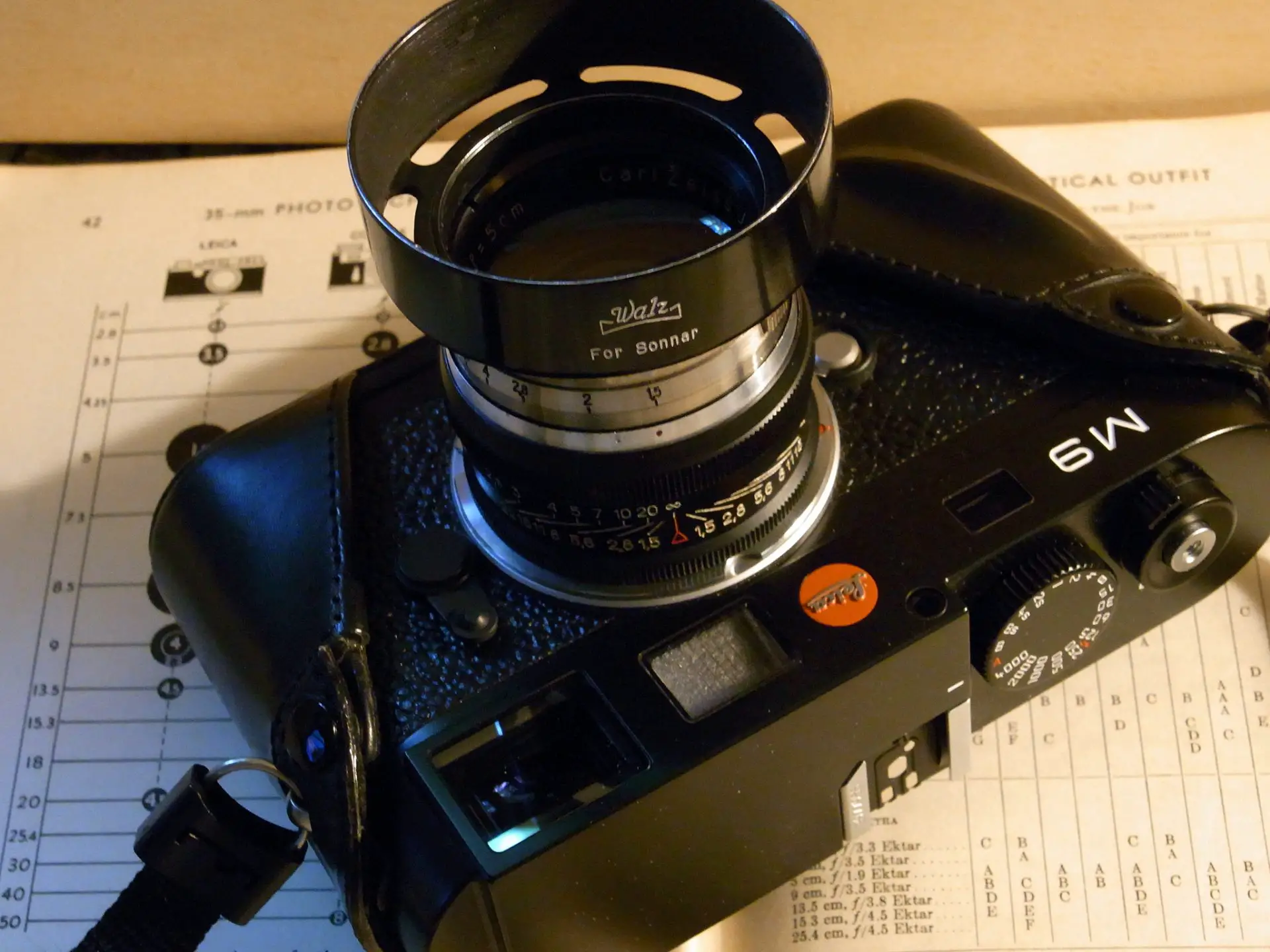Thanks, Roel. Regarding the f1.4 Nikkor, it is a little soft wide open, but sharpens up quickly at f2.0. The “pandemic gothic” photo I posted above was shot at, I recall, f2.8. Honestly, I don’t do a lot of portrait work that calls for wide open apertures; most of my street photography is shot at f2.8-f4.0, and for landscape photos I stop down even more. Here’s a recent landscape photo taken w/ the Nikkor-SC 5cm f1.4, stopped down to f5.6 or so:
 Edge of the World
Edge of the World by
Steve Macfarlane, on Flickr
But, to address your question more directly, and satisfy my own curiosity, I just shot the two photos below at max. apertures, using a Leica ME Type 240 w/ the iso set at 3200; I removed filters from each lens.
Zeiss Opton Sonnar 5cm f1.5, wide open:
View attachment 4815124
Nikkor-SC 5cm f1.4, wide open:
View attachment 4815125
To my eyes, the Zeiss Sonnar has a little more contrast wide open than does the Nikkor-SC when shot wide open. One caveat, however: My sample of the Zeiss Opton Sonnar 5cm f1.5 was cleaned and serviced by Henry Scherer at the same time I had my Contax IIa repaired and overhauled. My sample of the Nikkor-SC has not been serviced, at least not to my knowledge. I think the bokeh from each lens is practically identical; I can’t tell any difference. One final caveat: these are hand-held shots; I did not use a tripod.
 Sal at shop 2 - - Leica M9P, 50mm Summilux V2 at f/1.4 by Brusby, on Flickr
Sal at shop 2 - - Leica M9P, 50mm Summilux V2 at f/1.4 by Brusby, on Flickr Sal at shop 2 - - Leica M9P, 50mm Summilux V2 at f/1.4 by Brusby, on Flickr
Sal at shop 2 - - Leica M9P, 50mm Summilux V2 at f/1.4 by Brusby, on Flickr











